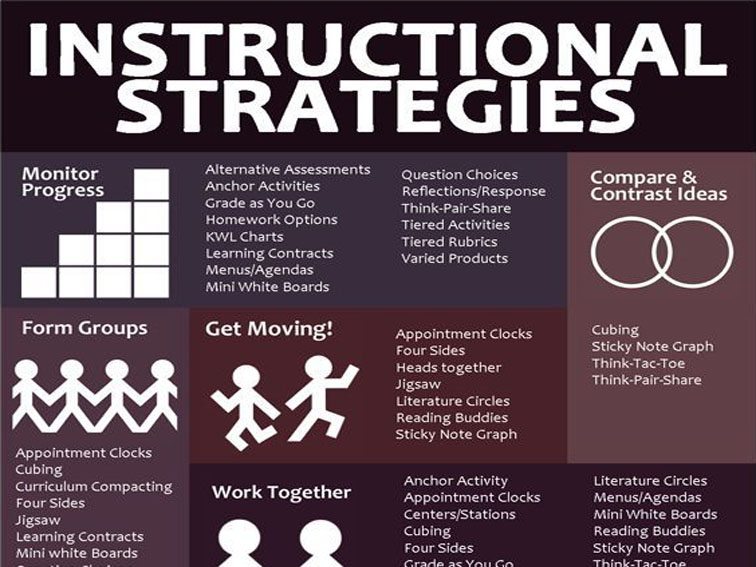When
I think about assessments, tests are only one method. Tests should not be the only way to assess
student learning. In fact, there are many
ways to assess student learning. They
include projects, presentations, papers and portfolios. Now with the help of technology, we can use
e-portfolios, electronic presentations, projects and blogs.
Many
times, non-teachers think that the best way to measure student learning is by
using standardized testing, but it’s not.
The best way to measure students learning and growth is to use different
tools. Tests can measure what was
learned during the week, quarter or entire year but that is only a portion of
information that the scores give. For example,
for me to see how much students know about a topic, I prefer for them to create
a product to demonstrate their learning.
I’m not saying that getting the correct answers on a multiple-choice
test is wrong, but there needs to be more to show.
As a teacher, I like for my students to
see their growth over the course of the year through projects, papers and our
quarterly test scores. Since we are in a
1to1 laptop classroom, we have all assignments organized into folders by
subject and titles on our laptops. This method
helps us stay organized and doesn’t require me to have a huge pile of papers to
save. So in my opinion, tests are not
the only objective assessments of student learning.


